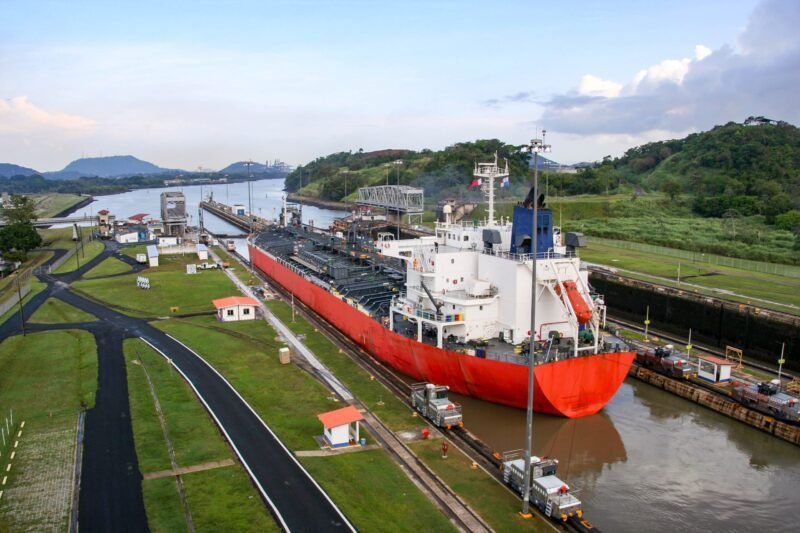The Panama Canal is not planning to impose further ship transit restrictions until at least April, as it assesses water levels at the end of the dry season. A severe drought last year forced the canal to reduce the number of ships passing through daily, but rainfall in the final quarter of the year allowed for additional restrictions to be lifted in December. Attacks on ships in the Red Sea have led to an increase in demand for transit through the Panama Canal.
The canal currently allows vessels with a maximum draft of 44 feet, and the Panama Canal Authority is hesitant to lower that number as it would force many ships to reduce their cargo, making it unprofitable to transport some products. Due to these transit restrictions, the canal is forecasting a reduction of up to $700 million in toll revenue for the current fiscal year.
The increased demand for U.S. liquefied natural gas in Europe has reduced the need to sail LNG ships through Panama, but the situation could change if U.S. exporters offer pricing incentives for shipments to Asia. Despite the challenges, the Panama Canal is aiming to gradually increase daily transit slots and return to carrying around 36 ships per day, the normal number during the rainy season, assuming that rainfall occurs as expected.







